|
The Cloister In The World
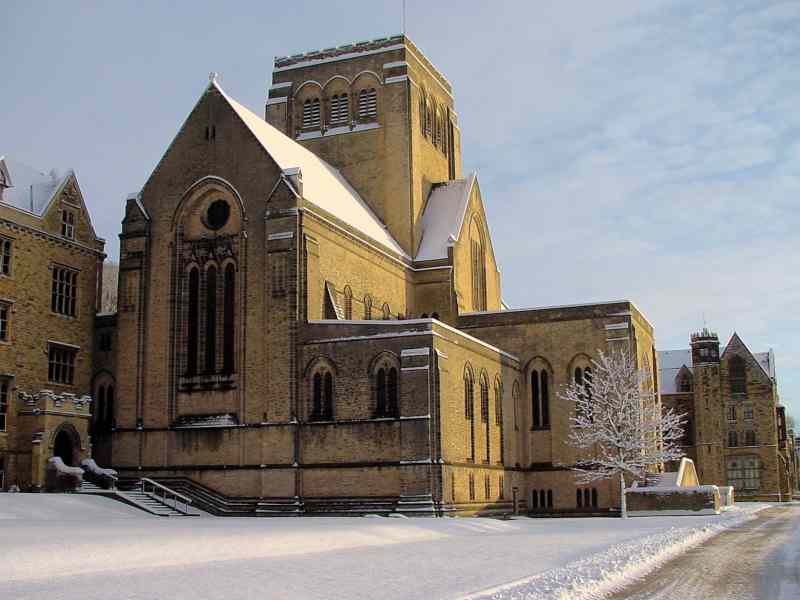
|
| Ampleforth Abbey |
We can, perhaps, begin our tour of this beautiful place, by quoting some brief
history of Ampleforth, courtesy of the English website of the Benedictine Order, of which, Ampleforth is one of their
houses.
On 21st November 1607 Dom Sigebert Buckley, last surviving monk of the Westminster
community revived by Queen Mary, aggregated Robert Sadler
and Edward Mayhew, English monks of the Cassinese Congregation, to the Abbey of
Westminster and the ancient English Congregation. Fr Edward Mayhew went to St Lawrences, Dieulouard in France in 1613.
Monastic life began at St Lawrences in 1608 with a handful of exiled Englishmen,
and for the next 185 years men were trained for the English mission. Dom Alban Roe, a monk of St Lawrences was executed as
a priest at Tyburn in London in 1642, and was canonised by Pope Paul VI in 1970.
Driven from France at the outbreak of the Revolution in 1792, St Lawrences were
on the move in England, mainly in Lancashire, for ten years, before finally settling at Ampleforth in 1802. The first church
was completed in 1857, being pulled down in 1957 to make way for the completion of the current Abbey Church, begun in 1924
and consecrated in 1961. The school attached to the Abbey began its life the following year. St Benets Hall, a permanent private
hall of the University of Oxford, was founded in 1897 and serves as a house of studies for the Congregation and for other
religious and laymen. In 1955 a foundation was made at St Louis, Missouri, USA which became independent in 1973 and an abbey in 1989. In 1996 the community
made a new foundation at Macheke in Zimbabwe.
As well as working in the school at Ampleforth a third of the community
is also involved in parochial work in the north of England.
To the right you will also find links to other Benedictine house within
England.
The Abbey of Ampleforth
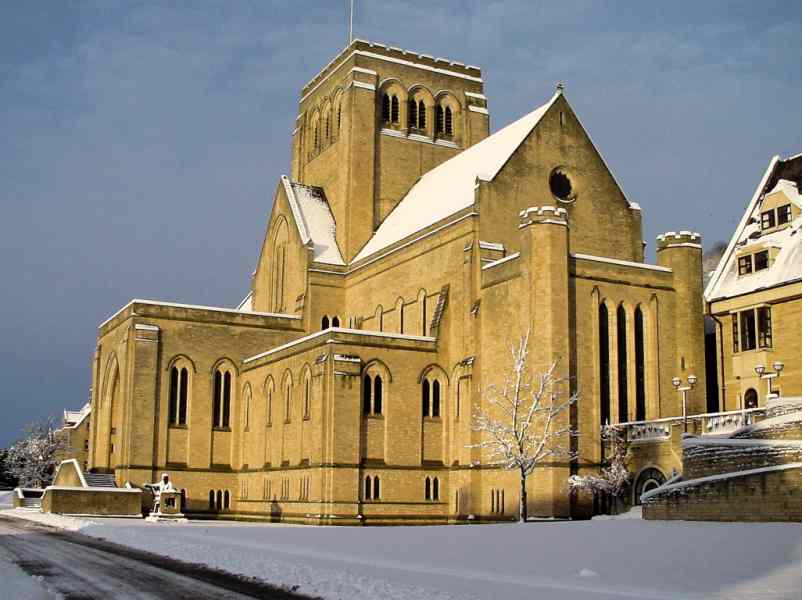
Ampleforth, located in the county of Yorkshire, England, belongs to the English
Congregation of Benedictines and has a lineal continuity with the pre-Reformation abbey of Westminster through Father Sebert
Buckley, last surviving monk of that community. The present abbey was founded in a house given to Father Anselm Bolton by
Lady Anne Fairfax. This house was taken over by Dr. Brewer, President of the Congregation, 30 July, 1802. The community, since
leaving Dieulouard in Lorraine, where its members had joined with Spanish and Cassinese Benedictines to form the monastery
of St. Lawrence, had been successively at Acton Burnell, Tranmere, Scholes, Vernon Hall, and Parbold Hall, under its superior
Dr. Marsh. On its migration to Ampleforth Lodge, Dr. Marsh remained at Parbold and Father Appleton was elected the first prior
of the new monastery. Shortly afterwards Parbold was broken up and the boys of the school there transferred to Ampleforth.
The priory was erected into an abbey, in 1890, by the Bull "Diuquidem"; and has an important and flourishing college attached
to it. The Bishop of Newport, Dr. Hedley, is one of the most distinguished of its alumni, as well as its present superior,
Abbot Smith. The monastery was finished in 1897. "It is", says Almond "a tall, spacious building of four stories and a basement,
joined to the old monastery by a cloister. It is of grat architectural beauty. The whole of the basement is taken up by the
monastic library, consisting of some 30,00 columes, many of them of extreme rarity. The refectory, lecture halls, and the
abbot's rooms are on the first floor; above are the cells of the monks, forty-eight in all. The pulic rooms are on the scale
of the larger abbeys of pre-Reformation times". According to the English "Catholic Directory" for 1906, there are fifteen
priests in the abbey; but there are a number of dependent missions served by monks of the community. The titular abbacies
of Westminster and York and the Cathedral priories of Durham, Worcester, Chester, and Rochester are attached to the abbey.
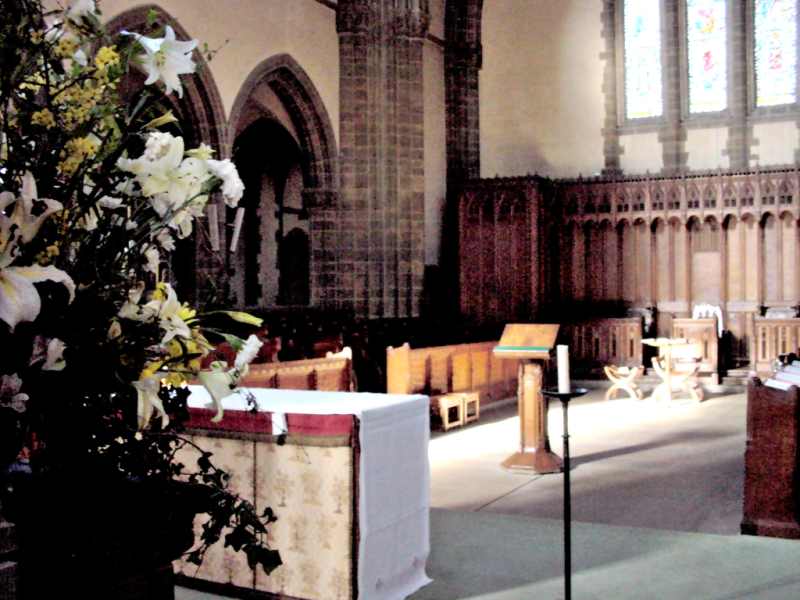
This new large-format book, shown below, with a link to the page,
where you can purchase it, if you wish, celebrates the second centenary of the monastery and school at Ampleforth. It
has a large number of illustrations (half the book is printed in colour) and many impressions and stories of individuals and
events.
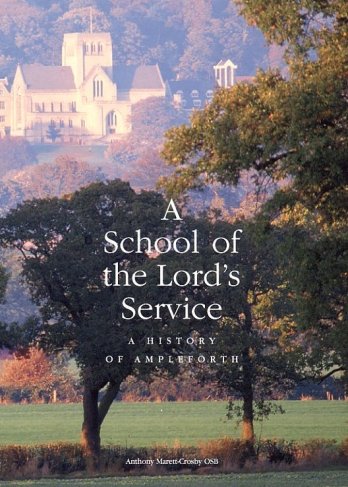
The Ampleforth
webpages created and owned by
Ampleforth Abbey
Trustees. Copyright 2001.
Registered Charity
No.1026493.
Postal address: Ampleforth Abbey, York, YO62 4EN.
email contact: webmonk@ampleforth.org.uk
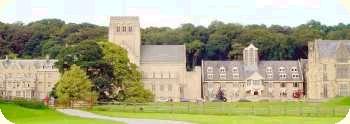
|
 |
|
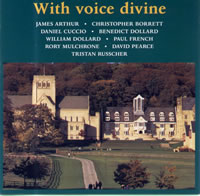
With voice divine
Soloists of
Ampleforth College
track listing
Bain, arr. Jacob -
Brother James Air
Handel - O lovely peace
(Judas Maccabaeus)
Vaughan Williams - Linden Lea
Handel - Art thou troubled?
(Roselinda)
Ford - Come, Phyllis,
come into these bowers
Dowland - Fine knacks for ladies
Purcell - Fairest Isle
(King Arthur)
Handel - With pious hearts
(Judas Maccabaeus)
Bach - Fugue in E Flat
(St Anne) BWV 552
Schubert - Was ist Sylvia
Schumann - Three songs
(Dichterliebe)
Quilter - Go lovely rose
Head - The little road to Bethlehem
Warlock - Captain Strattons Fancy
Nares - In the sight of the unwise
Faure - Ave Maria
Franck - Panis Angelicus
soloists
James Arthur (8, 11, 12, 13, 16)
Christopher
Borrett (18)
Daniel Cuccio (19)
Benedict Dollard (1, 2, 20)
William Dollard (1, 2, 20)
Paul French (7, 10, 14)
Rory
Mulchrone (3, 4)
David Pearce (5, 6, 15, 17)
Tristan Russcher (9)
accompanist:
Simon Wright
|
 |
 |
 |
|
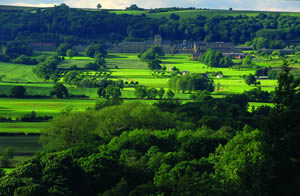
The Order
Other Benedictine Houses
In England
|
|
 |
 |
 |
|
|
|

